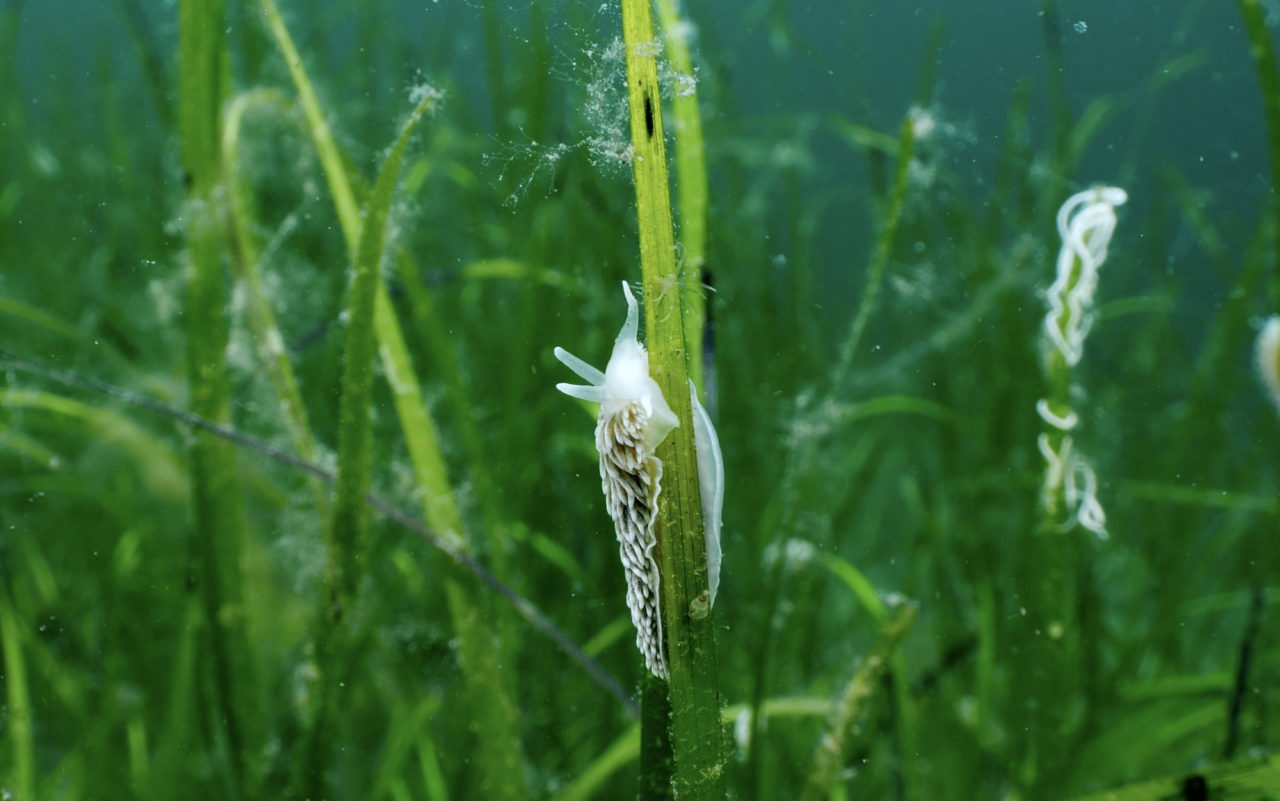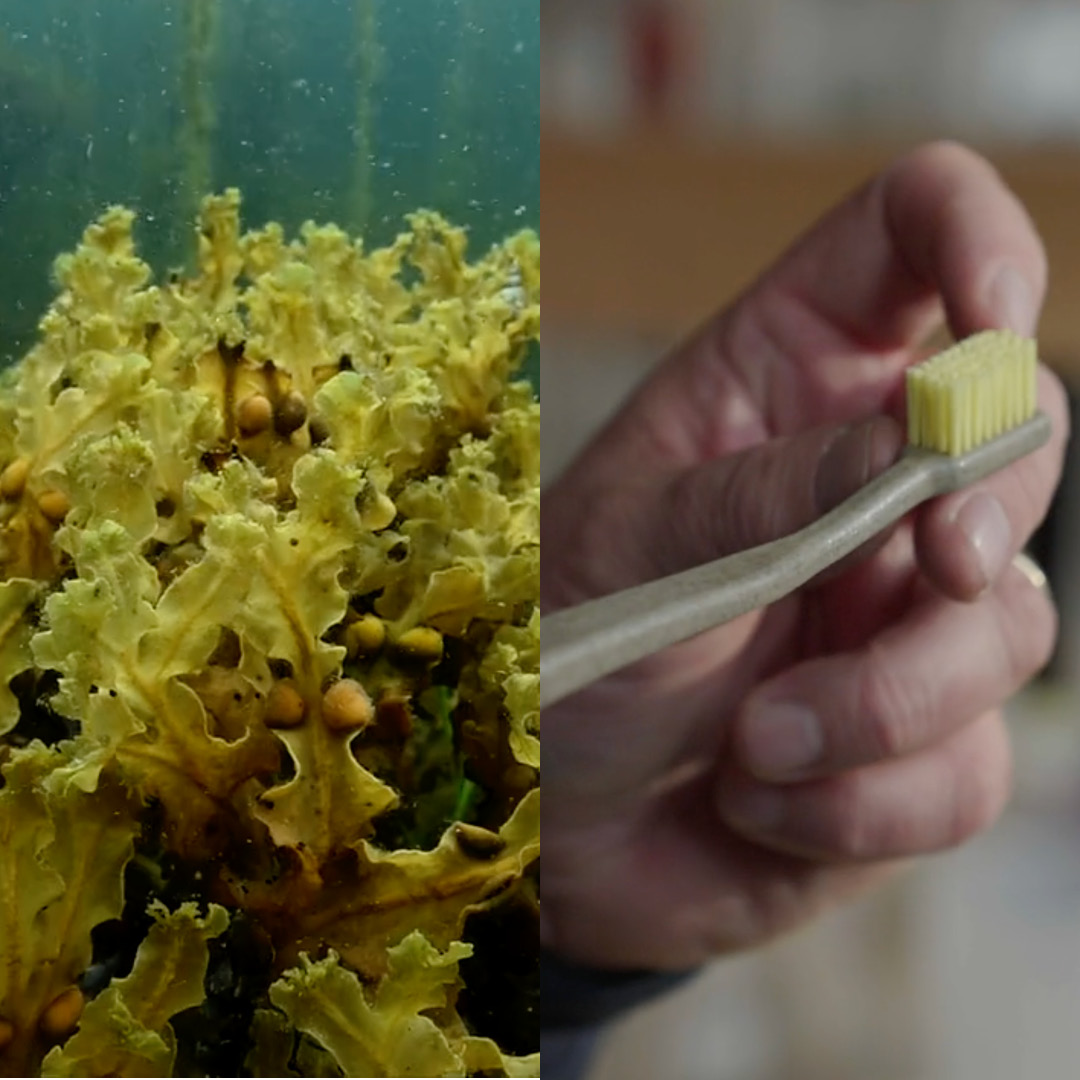New eelgrass beds a success for wildlife
Planting new eelgrass in places where it had disappeared can do the trick for wildlife. About 80 percent of the invertebrates have returned in a project on the West Coast
Eel grass, also called band seaweed, is an underwater herb that has declined greatly in Bohuslän in recent decades. Eelgrass is important for biodiversity because they function as a home or nursery for cod, crabs and shrimp, for example.
Researchers at the University of Gothenburg have been working successfully to recreate eelgrass meadows for twelve years. Now they have also shown that wildlife thrives in the new plantings. When the researchers counted how many benthic animals and animals lived in the sediments, they saw that about 80 percent of the invertebrates had returned.
Rarely works
The results have been published in the scientific journal Restoration Ecology and the researchers write that although the eelgrass has not had time to grow as densely as in an old eelgrass bed, the biological diversity is as great as in an area with preserved eelgrass in the same bay.
The researchers tested planting eelgrass at different intervals and sparser placement of the plants also attracted the animals. Even patchy plantings made in a larger planting showed good results.
Expensive method
According to Eduardo Infantes, marine biologist at the University of Gothenburg and one of the researchers behind the study, this is good news.
“We can make the new plantings smaller and sparser and that saves money, because this is an expensive method of restoring biodiversity on the seabed,” he says in a press release.
Eelgrass beds have several functions that make it important to protect them. In addition to the important role in the coastal ecosystem, the eelgrass roots bind the sediment and prevent erosion and turbidity.




